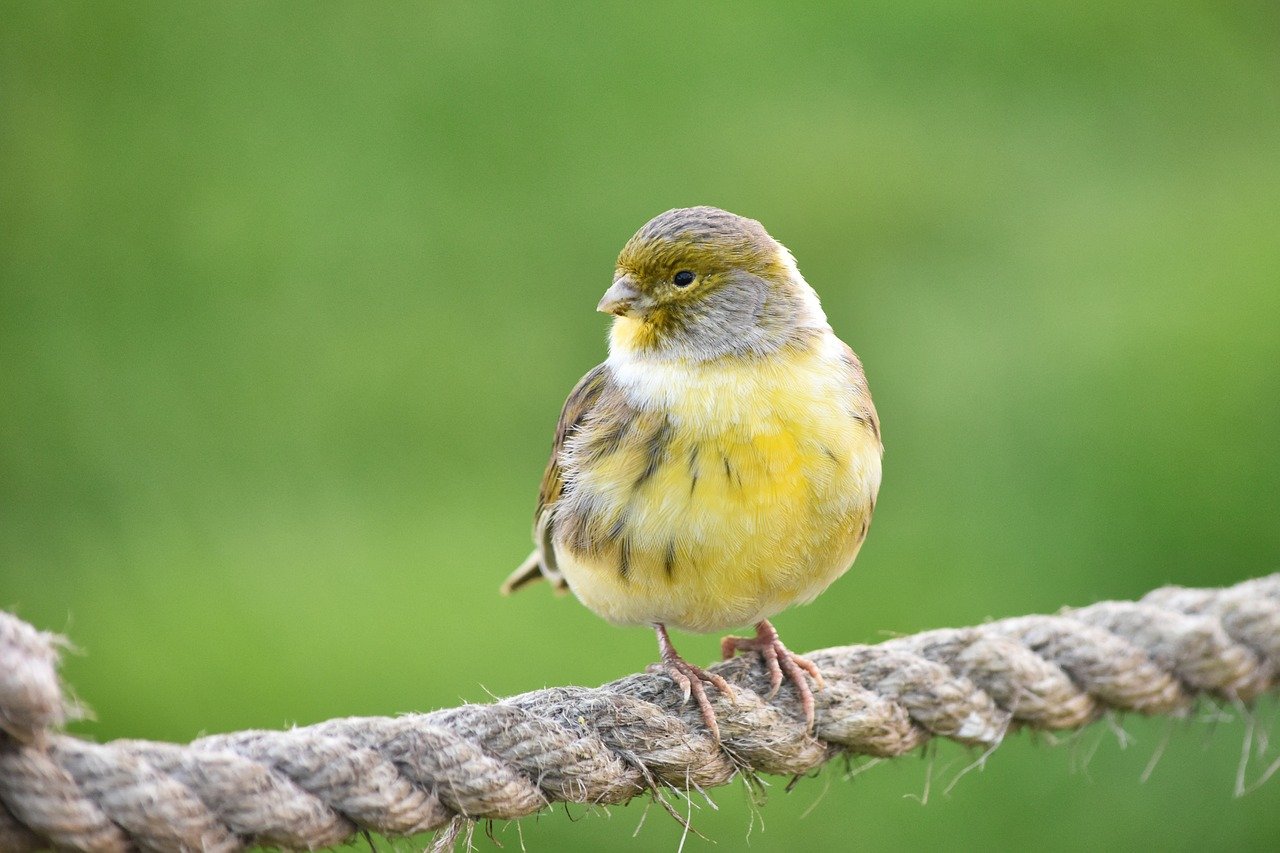Könsbestämning av unga gulhämplingar Serinus serinus med hjälp av dräktfärg och morfologiska varaiabler
DOI:
https://doi.org/10.34080/os.v8.22956Nyckelord:
utseende, ringmärkning, ringmärkningsåterfynd, biometriAbstract
Identifying the sex of fledglings may be crucial in many ecological bird studies. However, in many passerine species, fledglings show a typically streaked, brownish plumage which prevents discrimination of sexes. In this paper we test the usefulness of plumage colour (in conjunction with morphometric variables) to sex Serin fledglings. The data are based on 904 Serin fledglings (EURING age 3J) captured in the suburban area of Barcelona (NE Spain) from 1993 to 1996. Of these, 175 were recaptured and the sex confirmed. Variables used included: plumage colour (a six values visual score from very greyish-brown to very ochreous-brown, and quantitative data from a digital chromameter), days since 1st of March (to compensate for incomplete feather growth), length of wing, tail and culmen, width and depth of bill, body mass, length of first and third primary, and the five first components of a Principal Components Analysis of the biometric variables. We also included the interaction between the variables. The results showed that female fledglings tend to have a greyish-brown plumage colour, whereas males display an ochreous- brown plumage, characterised by a higher saturation of colour on back and breast, and a generally more yellowish hue. According to logistic regression, 83% of Serin fledglings can be correctly sexed by wing length, plumage colour, date and the interaction between wing-length and date.
Nedladdningar

Downloads
Publicerad
Referera så här
Nummer
Sektion
Licens
Författaren/författarna innehar copyright för varje enskilt bidrag, men samtliga bidrag är publicerade under en Creative Commons-licens, så att vem som helst kan dela och återanvända bidraget förutsatt att copyright-innehavaren erkänns.







